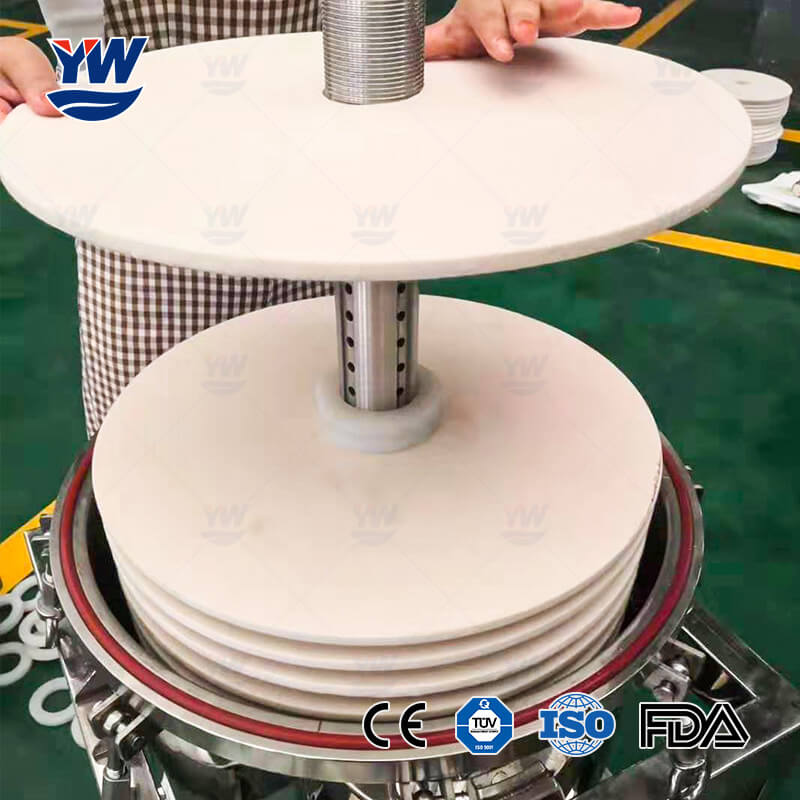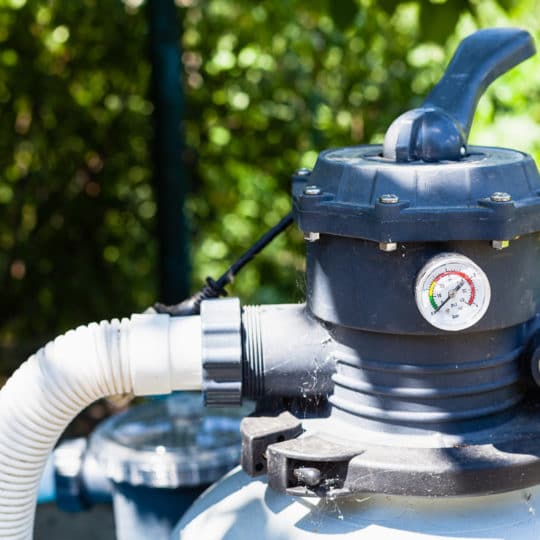How Diatomaceous Earth Filtering Improves Water Clarity and Purity
How Diatomaceous Earth Filtering Improves Water Clarity and Purity
Blog Article
Diatomaceous Planet Filtering: A Natural Solution for Superior Water Filtration

Diatomaceous Earth (DE) filtering system has become a compelling approach for improving water filtration, using the one-of-a-kind residential properties of fossilized diatoms. This natural filtration process captures contaminations with impressive performance, offering an eco-friendly choice to traditional chemical treatments. As problems over water top quality intensify, comprehending the benefits and sensible applications of DE filtering system becomes progressively pertinent. What sets this method aside from conventional filters, and just how might it reshape our method to clean water? Exploring these concerns reveals a deeper understanding into the potential of DE in contemporary water management.

What Is Diatomaceous Planet?
Diatomaceous planet (DE) is a normally happening, soft, stratified rock that is composed largely of the fossilized remains of little marine microorganisms understood as diatoms. These single-celled algae have a distinct, silica-based cell wall that adds to the distinctive homes of DE. The rock is normally light and permeable, allowing it to soak up numerous substances successfully.

Due to its high porosity and absorbent capacity, DE offers many applications, including its use in farming, insect control, and, significantly, water purification. The effectiveness of diatomaceous earth in filtering system is credited to its ability to catch and get rid of contaminations from water, making it a significantly preferred choice amongst those seeking all-natural filtration remedies. Its environmentally friendly nature and flexibility better improve its charm throughout numerous markets.
Exactly How Diatomaceous Planet Filtering Works
The unique framework of diatomaceous earth (DE) allows it to work as a reliable filtration tool in water purification systems (diatomaceous earth filtering). Composed of the fossilized remains of small, marine organisms called diatoms, DE possesses a very absorptive and permeable nature. This intricate structure allows DE to catch impurities and pollutants as water moves via it, efficiently eliminating particles as tiny as 1 micron
When water is travelled through a DE filter, the liquid comes across a network of tiny pores that capture suspended solids, bacteria, and other undesirable products. The filtration process takes place due to both mechanical and electrostatic communications, where bigger bits are physically caught within the DE's matrix, while smaller sized bits may stick to the surface area due to charged communications.
In addition, DE can be made use of in conjunction with other filtration methods to boost overall efficiency. As water remains to move with the DE layer, it progressively ends up being more clear and cleaner, showcasing the tool's capacity to boost water top quality without the demand for harsh chemicals. This natural filtering procedure highlights diatomaceous planet's duty as a sustainable and reliable service for water purification.
Benefits of Diatomaceous Earth Filtering
Performance in water filtration is dramatically enhanced via using diatomaceous planet (DE) filtering, using various advantages that make it a recommended option for several applications. One of the primary advantages of DE filtering system is its capacity to eliminate a large variety of pollutants, consisting of microscopic microorganisms, sediments, and even specific chemicals. This capability guarantees that the water purified with this approach is not only clean yet also risk-free for intake.
Furthermore, DE filters have a high circulation rate, which allows for quicker purification compared to standard techniques. This characteristic is specifically helpful for large-scale operations such as local water therapy plants or swimming pools. Using DE also decreases the demand for severe chemical ingredients, advertising a more ecologically pleasant method to water filtration.
In addition, DE filtering systems are fairly easy to maintain, requiring much less constant substitute than various other purification media. The all-natural beginning of diatomaceous earth contributes to its sustainability, making it an eco-conscious selection. Generally, the combination of efficiency, efficiency, and environmental benefits settings diatomaceous earth filtering system as a leading service in the world of water filtration.
Comparison With Traditional Water Filters
When examining water purification techniques, diatomaceous planet filtering stands apart in comparison to standard water filters. Traditional water filters, such as activated carbon or ceramic filters, mainly focus on eliminating pollutants with adsorption or physical obstacles. While these methods are effective for certain contaminations, they might not record smaller bits, microorganisms, or infections as successfully as diatomaceous planet (DE) filters.
Diatomaceous earth filtering uses the distinct structure of diatomite, made up of tiny, permeable fossilized algae. This permits DE filters to catch fragments as small as 1 micron, offering superior filtering capabilities. Furthermore, DE filters can deal with larger quantities of water without significant pressure loss, making them suitable for both household and commercial applications.
In addition, diatomaceous planet is a all-natural and lasting product, positioning fewer ecological issues compared to some synthetic filter media. On the other hand, conventional filters often call for regular substitute and disposal, look at this now leading to enhanced waste.
Applications and Utilize Cases
Diatomaceous planet (DE) filtering system has a diverse array of applications throughout various industries as a result of its efficient purification capacities. Among one of the most noticeable uses DE remains in the food and beverage market, where it works as a filtering medium for white wine, beer, and juice manufacturing. Its porous structure efficiently gets rid of pollutants, guaranteeing a clear and palatable end product.
In the realm Going Here of swimming pool upkeep, DE filters are favored for their capacity to catch fine bits, giving exceptional water clearness compared to traditional sand filters. In addition, DE is utilized in local water therapy facilities, where it assists in the removal of put on hold solids, bacteria, and various other contaminants, adding to secure drinking water.

Beyond water purification, diatomaceous earth locates applications in the farming industry as a natural chemical and soil amendment, promoting much healthier plants while reducing chemical use. Moreover, its absorbent residential or commercial properties make it beneficial in numerous industrial procedures, including oil spill clean-ups and as a filler in building products. In general, the adaptability of diatomaceous earth filtering settings it as an important option for boosting water top quality across multiple domain names.
Verdict
Diatomaceous planet filtering stands for a sustainable and reliable approach for water filtration. As recognition of water top quality issues grows, the fostering of diatomaceous planet filters in different applications is likely to boost, adding to enhanced public wellness and ecological conservation.
Diatomaceous Earth (DE) filtering has emerged as an engaging technique for improving water purification, utilizing the special residential properties of fossilized diatoms. As water proceeds to move through the DE layer, it progressively ends up being more clear and cleaner, showcasing the medium's capacity to boost water quality without the demand for rough chemicals.Effectiveness in water filtration is considerably improved with the use of diatomaceous planet (DE) filtering, supplying numerous benefits that make it a favored option for lots of applications.When examining water purification approaches, diatomaceous earth filtering system stands out in comparison to typical water filters. Typical water filters, such as activated carbon or ceramic filters, mostly concentrate on removing contaminants content via adsorption or physical obstacles.
Report this page